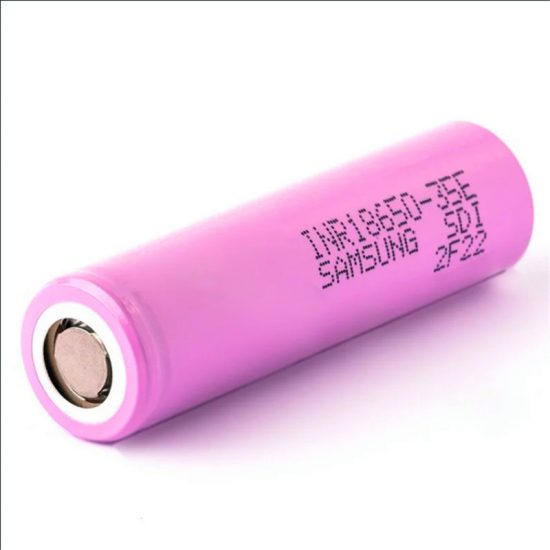Lithium-ion batteries have become the preferred power source for many consumer electronics and electric vehicles. These batteries are distinguished by their high energy density, long shelf life, and low self-discharge rate when compared to other types of batteries.
As the use of lithium-ion batteries grows, it’s critical to understand the concept of capacity and how it affects battery performance. The amount of energy that a battery can store is typically measured in milliampere-hours or mAh.
The amount of energy that a battery can store is referred to as its capacity. Capacity in lithium-ion batteries is typically measured in milliampere-hours or mAh. This unit of measurement represents the amount of current that a battery can provide over a given time period.

18650 li-ion battery 35E
Here are some important considerations:
- Charge/Discharge Cycle Count And Age
The capacity of a lithium-ion battery can decrease as it ages and undergoes more charge/discharge cycles.
- Temperature
Lithium-ion batteries are temperature sensitive, and both high and low temperatures can degrade their performance.
- Discharge Depth
The depth of discharge (DOD) of a battery is the percentage of its capacity that has been used up. Because lithium-ion batteries have a higher capacity when discharged to a lower DOD, it’s generally better for the battery’s overall health to discharge to a lower level before recharging it.
- Battery Design And Type
Even when they are the same size, different types of lithium-ion batteries can have different capacities. The capacity of a battery can also be affected by its design, such as its size and number of cells.